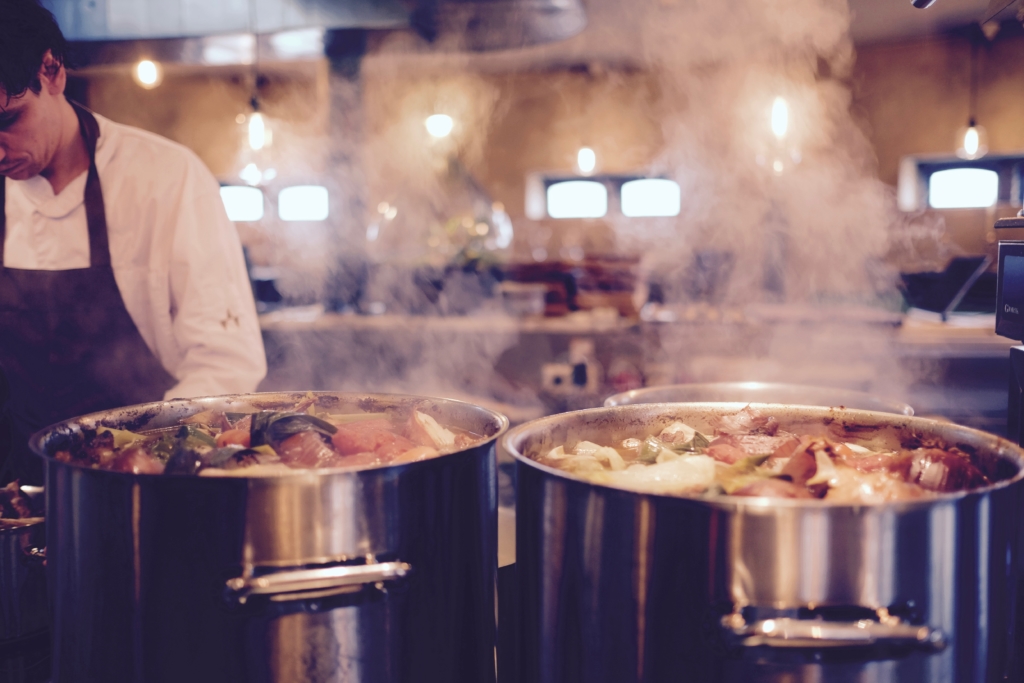
Running a restaurant is constantly treading a fine line of margins.
Wrongly price a plate, and you could be out of pocket. Getting a plate sent back, you’re probably not breaking even.
Throwing out perfectly useable vegetable ends and meat trimmings? Then you’re definitely throwing money in the bin because those odds and ends are the ticket to feeding your profits…
So, how do you tackle it and start reaping the rewards?
With some restaurants making food waste their main menu, it can be done, and we’ve put some helpful tips down below.
1. Investment
Without the knowledge, your staff won’t be able to spot potential food waste money-makers and they certainly won’t understand why the reduction of food waste is so important.
By investing in your staff through training, you’ll be empowering them to take the initiative and help the restaurant succeed, whilst also protecting the wider environment.
While it might be an initial cost, the money will soon be recouped and put straight back into profits!
2. Smart menu choices
An ever-changing menu means you can shop seasonally and locally, which will already be a win in the ever-conscious consumer mind.
However, it also means that if an ingredient isn’t available, or a delivery is missed, you can shift the menu around to suit, thus saving food and stress.
By not committing yourself to rigid meals, you’re giving yourself, and the produce, flexibility. You’ll also find the chefs becoming more and more creative with their dishes – and you might stumble across your next classic!
3. Homemade
Where possible, make things like stocks, sauces, purees and pickles using the leftover vegetable scraps and peelings.
Animal bones can be used to make meat stocks and, from fish bones, fish stock. Leftover animal trimmings can also be minced and turned into a range of delights.
What’s more, potato and vegetable peelings can even be made into crisps and served alongside breads or, if you have a bar, as a tasty lunchtime snack.
If that doesn’t work, think of actually making food waste into some of your main options! It doesn’t have to be every dish, but it could certainly be a tasty special.
4. Food waste monitoring
It might sound dull, but food waste monitoring is the perfect way of keeping track of what’s happening with the leftovers and seeing if there’s any patterns or opportunities.
For example, you may still find yourself throwing away vegetable peelings even after you’ve used as many as you can elsewhere in the restaurant. What if there’s a local charity who’ll take them off you for their community café? Or a local farm who’ll use them for animal feed, perhaps?
The environmentally-aware era in which we find ourselves means there’s more and more initiatives to help restaurants with their food waste, and food waste monitoring might be the key to finding those that best suit your operation.
Wrapping up…
While it might take a bit of time to find what works for you and your restaurant, there’s no doubt that the investment in utilizing food waste is worth it for both your profits and the wider environment.
When margins in the restaurant biz can be so tight, why not give yourself a little breather?


Leave A Comment